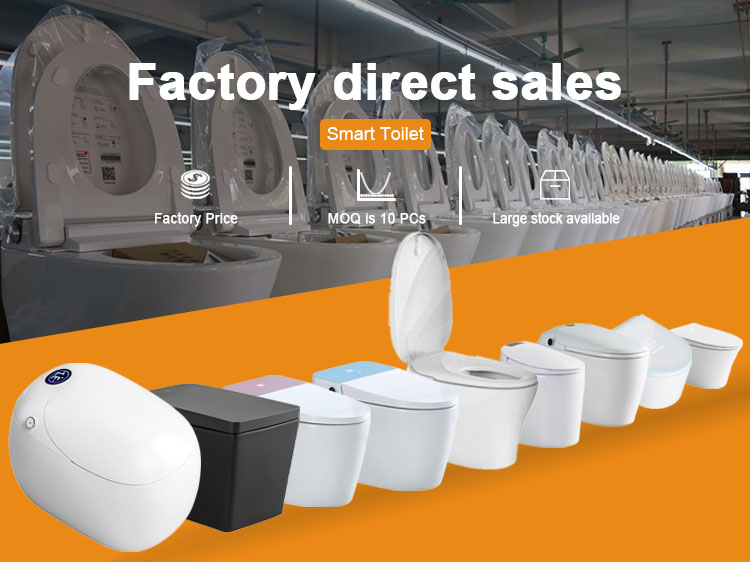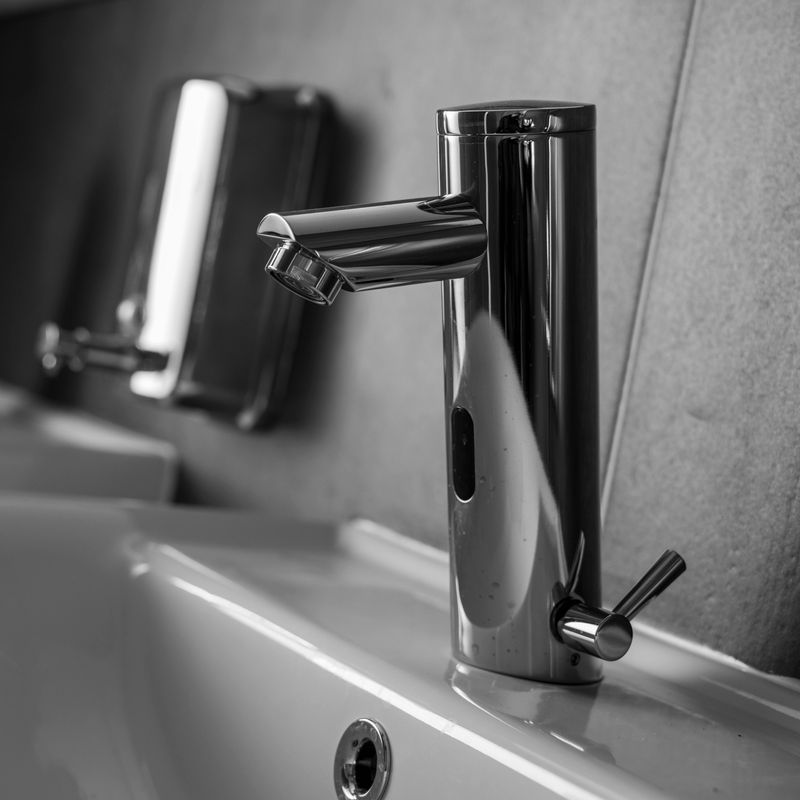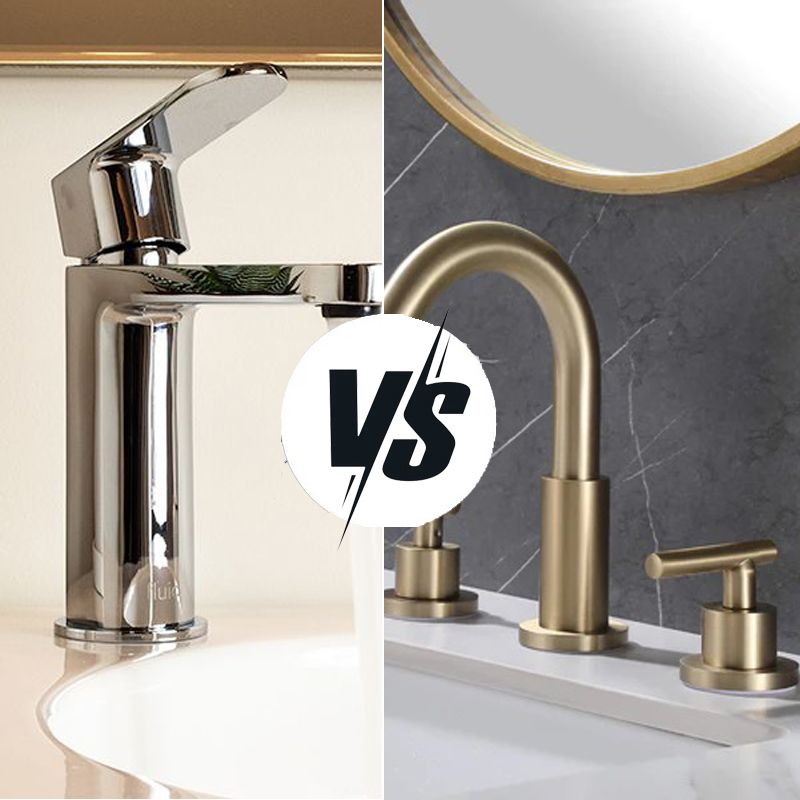 English
English
Jabra Sanitary is a sanitaryware supplier offering toilets, sinks, faucets, bathtubs, etc., at competitive prices. If you're a distributor, wholesaler, or project contractor, get a quote today!
 $23.9 Limited-time Offer
$23.9 Limited-time Offer Consignment Policy
Consignment Policy 20 Years of Experience
20 Years of Experience
Have you ever stopped to think about how much water we flush down the toilet every day? Toilets are one of the biggest water guzzlers in our homes—older models can use up to 6 gallons per flush!
Compare that to modern water saving toilets, which sip as little as 1.28 gallons, and it's easy to see why we're curious about them. As droughts intensify globally and water costs rise, households face growing pressure to conserve resources, we can't help but ask: Are Water saving toilets worth it? We're about to find out!
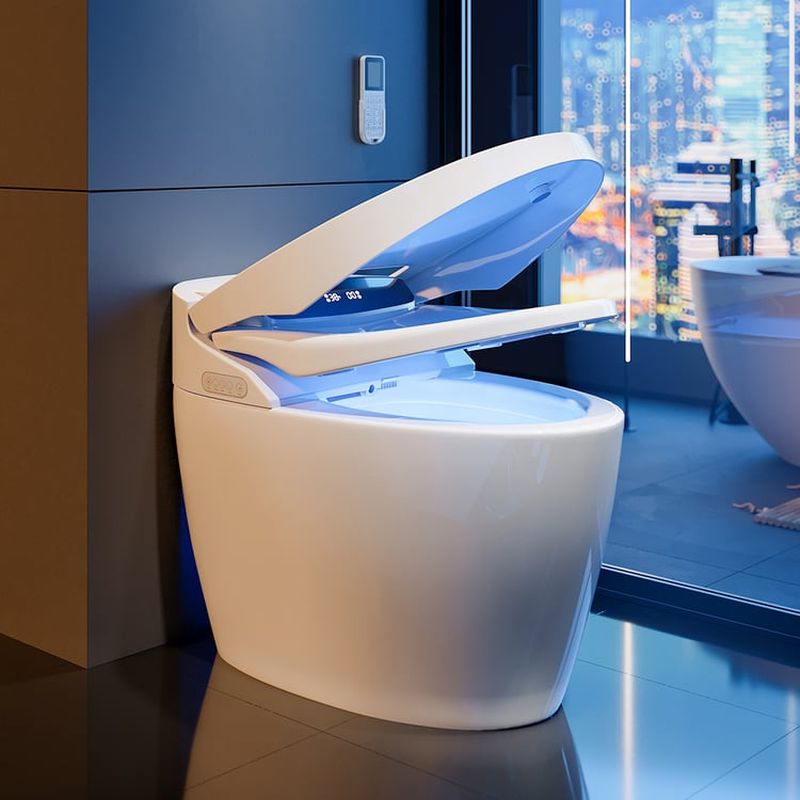
Table of Contents
What Are Water Saving Toilets?
How Water Saving Toilet Bowls Work
How Much Water Can You Save with a Water Conserving Toilet?
What Are the Financial Benefits of Installing Water-Saver Toilets?
Environmental Impact: How Water Efficient Toilets Contribute to Sustainability?
Do Water Saving Toilets Flush Effectively?
Government Rebates and Tax Incentives for Upgrading
What Are the Different Types of Water Saving Toilets?
Considerations When Choosing Water Saving Toilets?
An Alternative Choice to Water Saving Toilets: Tank Inserts
FAQs
Are Water Saving Toilets Worth It? Final Verdict
What Are Water Saving Toilets?
Water saving toilets, also known as low-flow or high-efficiency toilets, are built to use a lot less water than the old-school ones.
Some even come with advanced technologies like pressure-assist or smart tech to make them super efficient. And they're legit—many have a WaterSense certification, which means they've been tested to save water without clogging or weak flushes.
How Water Saving Toilet Bowls Work
Water saving toilets are designed to reduce water consumption while maintaining effective waste removal.
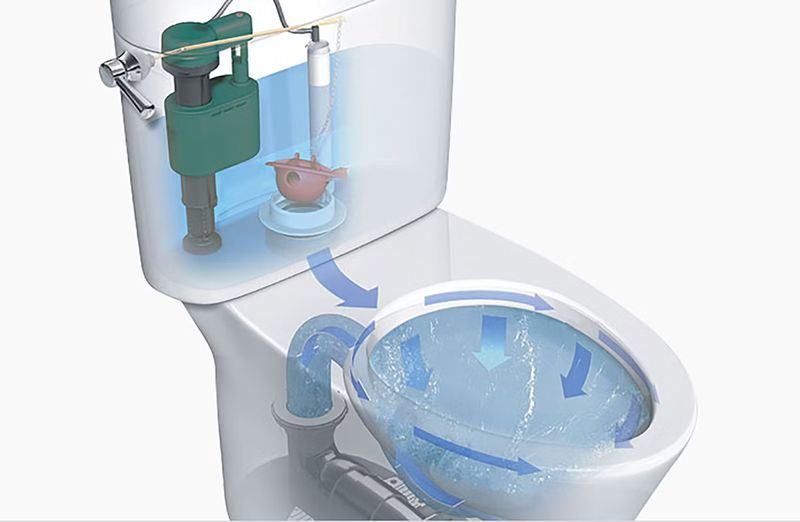
Basic Flushing Mechanism
At their core, Water saving toilets rely on optimized flushing systems. Most use a gravity-fed mechanism, where water stored in the tank is released into the bowl to create a siphon effect that pulls waste down the drain.
To save water, these low flow toilets enhance efficiency through precise engineering, such as narrower trapways or specially shaped bowls that maximize the siphoning power with less water.
Advanced Technologies
To boost performance with less water, many Water saving toilets incorporate innovative technologies:
- Pressure-Assisted Flushing: Compressed air in the tank amplifies the flush force, pushing waste out more powerfully. This allows for effective clearing with minimal water.
- Vacuum Suction: Some models use a vacuum system to enhance the siphon, pulling waste through the drain with greater efficiency.
- Optimized Bowl Design: Glazed trapways and steeper bowl angles reduce resistance and improve waste flow, minimizing the water needed.
Water Usage Comparison
A standard older toilet might use 3.5–6 GPF, while Water saving toilets cap at 1.28 GPF for high-efficiency models (per U.S. EPA WaterSense standards). For example:
A dual-flush toilet might average 1.0 GPF across uses.
A low-flow toilet consistently uses 1.28 GPF or less. This reduction can save thousands of gallons of water per household annually.
Addressing Common Concerns
Some people worry that Water saving toilets compromise on flushing power, leading to clogs or multiple flushes. However, modern designs counter this:
Enhanced siphon and pressure systems ensure strong performance.
Testing standards (e.g., Maximum Performance, or MaP, scores) confirm that watersense toilets can handle waste as well as, or better than, older high-volume models.
How Much Water Can You Save with a Water Conserving Toilet?
Water saving toilets are a fantastic way to cut down on your water usage and save money on your water bill.
Modern Water saving toilets use only 1.28 gallons or less. That's a massive difference! For example, if you flush the toilet 5 times a day, you could save up to 28.6 gallons of water per day with a water saving toilet.
Over a year, that adds up to over 10,000 gallons of water saved according to the EPA! Use your household's flush count to estimate savings.
What Are the Financial Benefits of Installing Water-Saver Toilets?
Switching to a water saving toilet can be a smart financial decision. While there is an initial investment, the long-term savings and potential incentives make it a worthwhile consideration for many households.
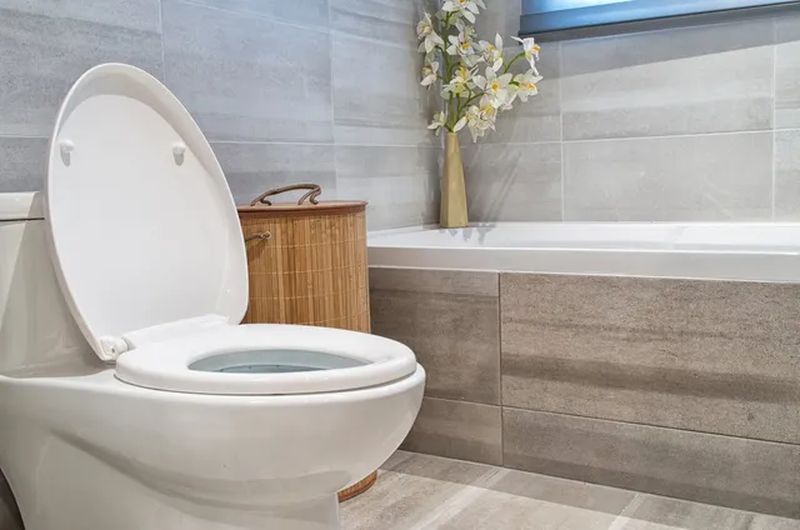
Initial Cost vs. Long-Term Savings
The upfront cost of a water saving toilet can range from $100 to $500, depending on the model and features. Installation costs can add another $100 to $200. However, the savings on water bills can quickly offset this initial expense. Consider this example:
- As shown in Section 4, households can save over 10,000 gallons annually.
- At an average water rate of $0.0075 per gallon, this translates to $21.90 in annual savings.In California, where water costs $0.01/gallon.
Over the lifespan of the toilet—often 10 to 15 years or more—these savings can accumulate into hundreds of dollars, far exceeding the initial cost.
Potential Rebates and Incentives
Many local governments and utility companies offer rebates or incentives for installing Water saving toilets, which can range from $50 to $200. These programs significantly reduce the upfront cost.
For instance:
- The City of Los Angelesoffers a $100 rebate for each water saving toilet installed, making the switch more affordable.
Availability and amounts vary by location, so check with your local water authority or utility provider to see what's offered in your area.
Environmental Benefits and Financial Incentives
Beyond direct water bill savings, Water saving toilets contribute to environmental conservation, which can translate into additional financial perks. Some regions provide:
- Tax creditsor deductions for eco-friendly home improvements, including water-efficient appliances.
- Reduced utility feesor special rates for households demonstrating water conservation efforts.
While these incentives depend on local policies, they can enhance the overall financial return of your investment.
Summary
In summary, while there is an initial cost to purchasing and installing a water saving toilet, the combination of long-term savings on water bills, potential rebates, and environmental incentives makes it a financially savvy choice.
Environmental Impact: How Water Efficient Toilets Contribute to Sustainability?
Did you know that getting water to your home and cleaning it uses energy? When we use less water, we also use less energy. That's good for the environment because it means fewer greenhouse gases, which are bad for the planet.
These low flow toilets are also part of being eco-friendly. They can help buildings get special awards for being good to the environment, like LEED certification for being green. That means they're not just good for your home; they're good for the whole community.
Do Water Saving Toilets Flush Effectively?
Water saving toilets are designed to use less water, but do they still flush as well as traditional toilets? This is a common concern, and the answer is a resounding yes!
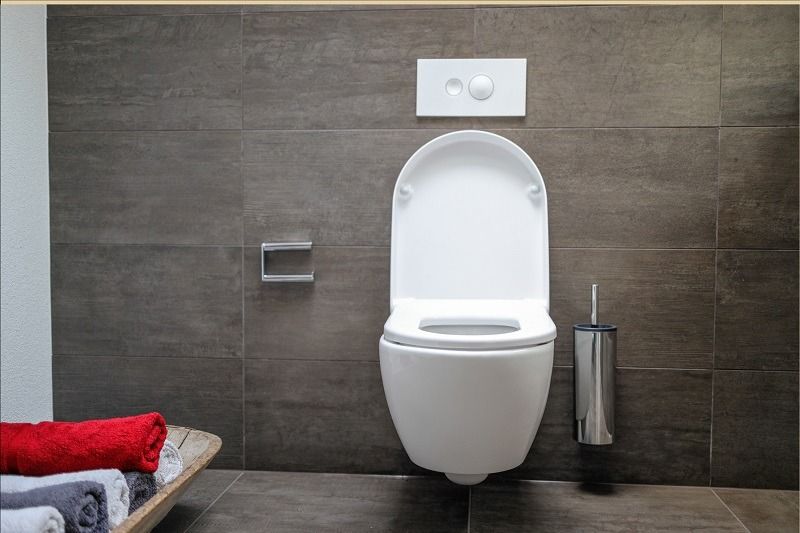
Modern Water saving toilets employ innovative flushing mechanisms such as pressure-assisted systems or dual-flush options. These systems ensure that waste is removed efficiently with less water. Consumer Reports rates dual-flush models 4.5/5 for clog resistance.
When it comes to clogging, Water saving toilets are engineered to minimize blockages. They often feature:
- Wider trapways to allow smoother waste passage.
- Improved bowl designs that enhance flow dynamics.
Government Rebates and Tax Incentives for Upgrading
Did you know that upgrading to a water saving toilet could actually put money back in your pocket? That's right—thanks to government rebates and tax incentives, making the switch can be more affordable than you might think.
WaterSense Rebates
First up, let's talk about WaterSense rebates. Many local governments and water utilities across the country offer rebates when you install a WaterSense-certified toilet.
These rebates can significantly reduce the upfront cost—sometimes shaving off $100 or more! To find out if your area participates, check with your local water utility or head over to the EPA's WaterSense website.
Applying is usually a breeze: you might just need to submit a receipt or a quick photo of your new toilet, and you'll get some cash back. It's a simple way to make your upgrade more budget-friendly while supporting water conservation.
Tax Credits
Next, there are tax credits to consider. Some states or municipalities provide tax credits for installing water saving appliances like toilets. These credits can lower your tax bill, offering another layer of savings on top of any rebates you might score. That said, availability depends on where you live, so it's worth doing a little homework.
Check with your local government or chat with a tax professional to see if your area offers these perks. Even if it's just a small credit, every bit helps when you're investing in a more efficient home.
What Are the Different Types of Water Saving Toilets?
When we start shopping for a water saving toilet, it's exciting to see how many options are out there. Each type has its way of saving water while keeping our bathrooms running smoothly.
Dual-Flush Toilets
Dual-flush toilets are super popular because they let us choose how much water to use. They come with two buttons or settings: a light flush (about 0.8 to 1.1 gallons per flush, or GPF) for liquid waste and a stronger flush (1.6 GPF) for solid waste.
This means we only use as much water as we need, which can save a lot over time—especially in busy homes. They're easy to use and great for anyone who wants a simple, effective way to cut water use.
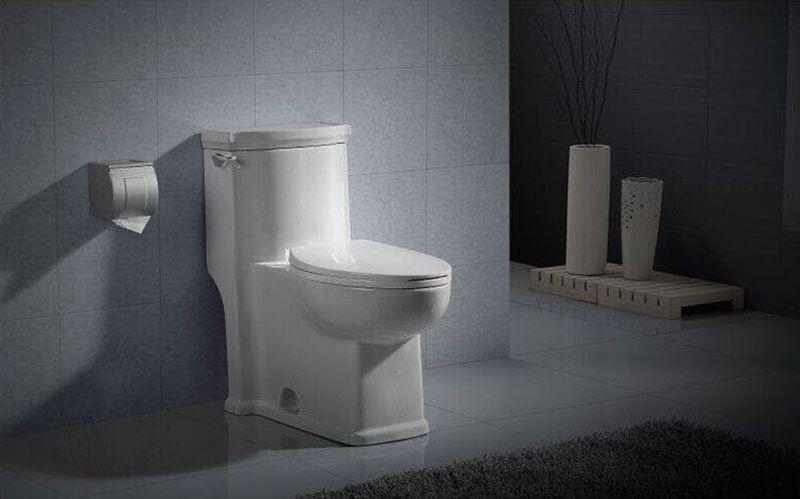
Low-Flow Toilets
Next up are low flow toilets, which are all about efficiency. These toilets use 1.6 GPF or less, with some models dropping to 1.28 GPF. They're often certified by WaterSense, so we know they flush well while saving water.
Using smart bowl designs and gravity, they get the job done without wasting a drop. They're affordable, stylish, and perfect for households looking to lower water bills without big changes.
Pressure-Assisted Toilets
For a toilet that packs a punch, we love pressure-assisted models. They use compressed air to create a forceful flush—usually 1.0 to 1.6 GPF—making them awesome for busy bathrooms or commercial spaces. They clear waste fast, reducing the need for extra flushes. The downside? They're a bit louder, but if we need power and reliability, they're a top pick.
Gravity-Assist Toilets
Gravity-assist toilets are the classic choice we see in most homes. They use gravity to pull water from the tank to the bowl, and newer models use just 1.6 GPF or less. For a detailed explanation of flushing mechanisms, refer to Section 3.
Vacuum Toilets
Vacuum toilets might sound futuristic, and they kind of are! They use a vacuum system to suck waste away with hardly any water—often less than 0.5 GPF. We've probably used them on planes or trains, but they work in homes too, especially eco-friendly ones. They need electricity and can be noisy, but for serious water savings, they're hard to beat.
Smart Toilets
Finally, smart toilets bring high-tech fun to our bathrooms. With features like automatic flushing, bidet functions, and self-cleaning, they're designed to save water and feel luxurious. For a detailed explanation of flushing mechanisms, refer to Section 3.
Considerations When Choosing Water Saving Toilets?
When we're trying to pick the perfect water saving toilet, it's not just about how much water it saves. We've got to think about a few other things to make sure it works well in our home.
Installation and Maintenance Needs
Some toilets, like vacuum or pressure-assisted models, can be innovative because they flush really well with less water. But here's the catch—they might need special installation and extra maintenance. Vacuum toilets may not work in older homes.
For example, pressure-assisted toilets use air to push waste away, which might mean more upkeep than a regular toilet. So, we have to decide if we're okay with that extra work.
Energy Costs and Noise
Then there are vacuum toilets, which use a sucking system to clear the bowl—sometimes with less than 0.5 gallons per flush (GPF)! That's awesome for saving water, but they can get loud and use electricity. If we like a quiet house or want to keep our energy bills low, we might not love the noise or the extra cost.
Feasibility in Residential Settings
What about waterless urinals? These don't use any water at all, which sounds amazing for saving H2O. But they're tricky for homes because they need special plumbing that most houses don't have. They're better for places like schools or offices.
Importance of Certifications
Finally, we should always check for toilets with a WaterSense label. This means they've been tested to make sure they save water and work great. It's like a promise that we're getting something good. Without it, we might pick a dud that doesn't flush well, and nobody wants that!
An Alternative Choice to Water Saving Toilets: Tank Inserts
If you're not ready to buy a new toilet, there's another way to save water: tank inserts. But inserts may void warranties on newer toilets.
Tank inserts work by taking up space in your toilet tank. This means less water goes into the tank, so you use less with each flush. They can be things like bags filled with water or solid objects that sit in the tank.
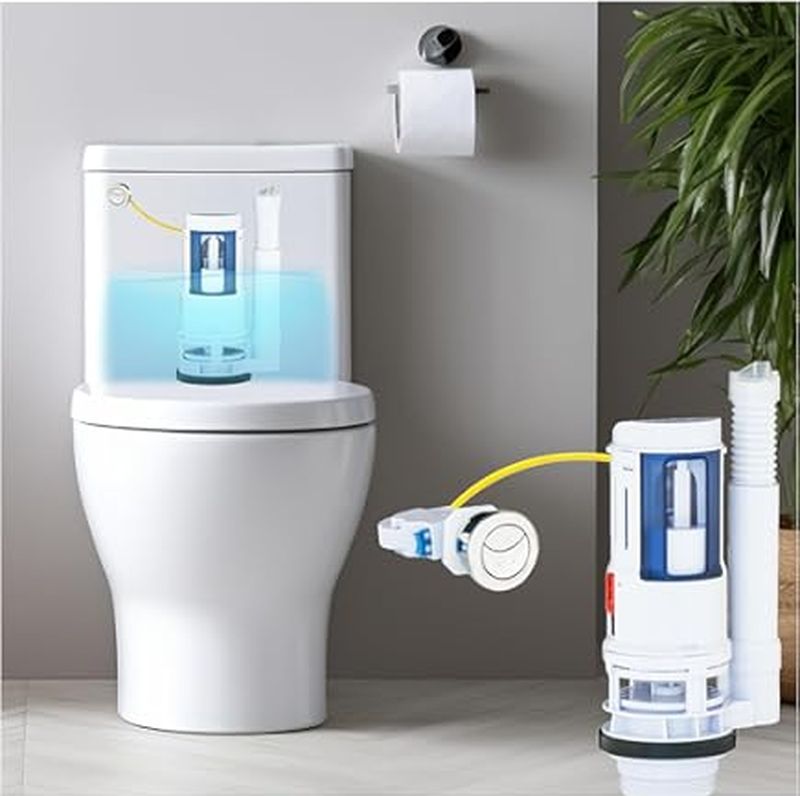
Benefits of tank inserts
- Cheap: usually less than $10
- Easy to install: do it yourself in minutes
- Can save up to 20% water per flush
But tank inserts aren't perfect. Here are some drawbacks:
- Might make flushes weaker
- This could lead to using more water if you flush twice
Need to be installed correctly
So, are tank inserts worth it? If you're renting, don't have much money, or just want an easy way to save some water, they can be a good choice. But if you can spend a bit more and want the best results, think about getting a water saving toilet.
FAQs
We know you might have some questions about Water Saving Toilets, so we've put together answers to the most common ones.
Can I make my toilet use less water?
Yes, you can! If you're not ready to buy a new toilet, there are easy ways to save water with your current one. For example, you can use tank inserts like water-filled bags or bricks. Another option is to adjust the float in the tank to lower the water level.
How do I know if my toilet is water saving?
To check if your toilet is water saving, look for the gallons per flush (GPF). Most Water Saving Toilets use 1.6 GPF or less. You can usually find this number stamped inside the tank or on the bowl.
Also, check for a WaterSense label. If your toilet doesn't have these, it might be an older model that uses more water.
Are low-flow toilets more likely to clog?
Some people worry that low-flow toilets clog more, but that's not always true. Older low-flow models from the 1990s had some issues, but today's toilets are much better. Modern low-flow toilets are designed to flush just as well as older ones, using smart bowl shapes and stronger flushes.
How much does it cost to flush the toilet?
The cost to flush a toilet depends on where you live and your water rates. But generally, it's pretty cheap—usually less than a penny per flush. For example, if water costs about $2 per 1,000 gallons, a 1.6 GPF toilet would cost around $0.0032 per flush. But over time, especially in a busy house, those pennies add up, so saving water can still help your wallet.
What is the minimum amount of water needed to flush a toilet?
The minimum water needed to flush a toilet varies, but most modern Water Saving Toilets use 1.6 GPF or less. Some super-efficient models, like dual-flush toilets, can use as little as 0.8 GPF for liquid waste.
Are Water Saving Toilets Worth It? Final Verdict
So, are water saving toilets worth it? We've looked at how they work, how much water they save, and what they cost.
When Are water saving toilets Worth It?
Water saving toilets are a great choice if:
- You live in a drought-prone area.In places where water is hard to come by, these toilets help save every drop.
- Your water bill is over $50/month.If you're paying a lot for water, switching to a water saving toilet can cut your bill. Over time, those savings really add up—especially if lots of people use your bathroom!
- You can get rebates.Some cities or states offer rebates or tax breaks when you install a water saving
When Might They Not Be Worth It?
On the flip side, they might not be the best fit if:
- You're renting short-term.If you're only staying somewhere for a little while, you won't stick around long enough to enjoy the savings.
- Your current toilet is already <1.6 GPF.If your toilet uses less than 1.6 gallons per flush already, you're not going to save much more water.
If you're ready to get a water saving toilet, we suggest checking out Jabra Sanitary. They make awesome toilets that save water and work great, so you can trust them in your home.







